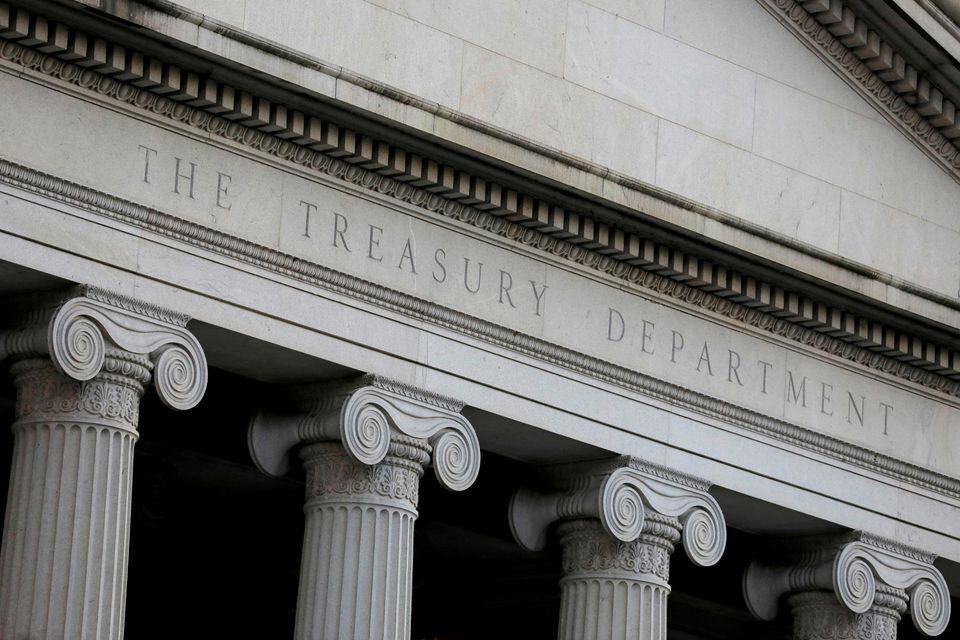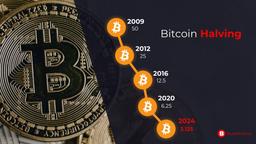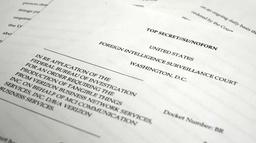Have U.S. Treasuries Shifted from “Risk-Free” to “Risky”?

The financial world is facing a paradox that many feel mirrors the 2008 crisis, where the once unassailable U.S. Treasuries, traditionally seen as the epitome of safety, are now perceived as potential liabilities. This profound change in perspective is evidenced by the International Swaps and Derivatives Association’s (ISDA) recent correspondence with key U.S. financial regulators, underscoring a deepening concern within the banking sector about the true risk of U.S. Treasuries.
On March 5, 2024, the ISDA’s requested to exclude U.S. Treasuries from the supplementary leverage ratio (SLR) calculations reveals an uncomfortable truth. Banks, once reliant on these instruments for their risk-free status, are now viewing them through a lens of caution and uncertainty. This pivot is more than a regulatory nuance; it’s a fundamental reassessment of what we understand as ‘financial safety.’
In this evolving scenario, several critical issues come to the forefront. Firstly, the call for Treasuries’ exclusion from leverage ratio calculations indicates a wavering confidence in their historical role as secure assets. This shift raises questions about the overall stability and reliability of government-backed securities.
Secondly, this move could potentially erode the robustness of financial safety nets designed to protect against excessive leverage. It subtly hints at an underlying fragility within the financial system, a reminder of the vulnerabilities that led to the 2008 crisis.
Further, this development suggests a growing interdependence between the banking system and government debt, which could concentrate risks in a way reminiscent of the pre-2008 mortgage-backed securities situation. The banking sector’s apprehension about holding large amounts of Treasury debt without affecting their SLR points to a possible over-reliance on these assets, creating a complex web of financial interconnections.
Moreover, this request subtly reflects broader concerns about the U.S.’s fiscal health. It paints a picture of unease about the sustainability of the government’s debt levels, potentially shaking the foundations of economic stability.
Perhaps most crucially, this situation could impact the global perception of U.S. Treasuries and, by extension, the U.S. dollar. A question mark over the need for special exemptions for holding government debt could rattle the international financial community, affecting the standing of the U.S. as a financial haven.
In light of these developments, the appeal of decentralized assets like Bitcoin and other cryptocurrencies gains a new dimension. In a world where traditional financial instruments and systems are showing signs of strain, these digital assets offer an alternative rooted in independence from government-controlled mechanisms. They represent a new paradigm of value, one that is not tethered to the traditional models now revealing their limitations.
In essence, the ISDA’s letter is more than a regulatory request; it is a wake-up call for a thorough reassessment of financial stability and security. It demands a proactive approach from regulators and policymakers and highlights the growing importance of alternative asset classes like cryptocurrencies in a landscape where old financial truths are being questioned.
This article was inspired by a post on X from Balaji.



